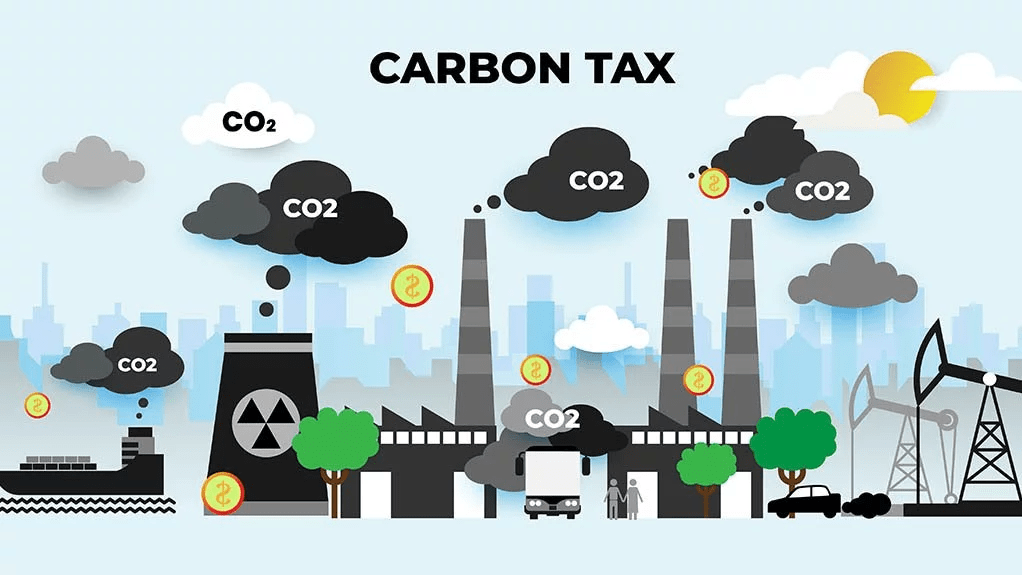In Short : In response to the EU’s Carbon Border Adjustment Mechanism (CBAM), India plans to collect carbon tax locally. This move aims to mitigate the impact of the EU’s carbon pricing policy on Indian exports and industries. By implementing a domestic carbon tax, India seeks to ensure a level playing field for its businesses while promoting environmental sustainability. The country’s decision reflects its commitment to addressing climate change challenges while safeguarding its economic interests in the global market.
In Detail : India believes the move by the European Union to impose carbon tax on imports of certain bulk commodities is “ill-conceived” and that it will eventually be dropped, but in the meantime, it will introduce domestic taxation as a solution, Commerce and Industry Minister Piyush Goyal said Thursday.
“I keep telling the EU officials (this). Last week I met the EU commissioner and told him that the it (carbon tax) will mean the death knell of manufacturing in Europe. First casualty will be the (EU) auto sector. This will be a great opportunity for countries like India to develop very vibrant auto sectors,” the minister said at an event here.
“I am not so worried. One of these days they will realise they will have to drop CBAM (carbon Border Adjustment Mechanism). It is ill-conceived and has not addressed the entire issue correctly and fairly.”
In the meantime India is asking the European Union to agree to local collection of the tax, which will be calculated on the basis cost of carbon emitted over a specified threshold while manufacturing of the seven products-cement, iron and steel, aluminium, fertilisers, electricity and hydrogen.
Of these seven products India’s interest is only in steel and aluminium. CBAM will impact India’s US$8.2 billion (in CY 2022) exports of Iron ore pellets, iron, steel, and aluminium products to the EU by over a thousand large, medium and small firms. India’s 27% export of these products goes to the EU.
“The Government is seized of the issue, we are in dialogue and solutions will be found. But if in the country from which goods originate taxes are put at the level of EU taxes then there will be no additional tax on our exports. If we collect the tax in India itself it can be used for our green transition,” Goyal added.
Another issue that is part of the discussion between India and the EU is what benchmark price of carbon would be used to calculate the tax on emissions over the prescribed threshold.
Carbon prices vary across different world exchanges. In the EU it could cost up to $100 a tonne while in China it is close to $8 per tonne.
The government is pressing the EU for mutual recognition of certification on emissions and recognition of its Carbon Credit Trading Scheme (CCTS). If India’s CCTS is accepted then payment of tax for emissions beyond prescribed threshold will be determined on the basis of price of credits on Indian carbon exchange and not price of credits on EU Emissions Trading System (ETS).
“The unfair part is that how can carbon be priced the same in India as it is priced in Europe,” Goyal added.

